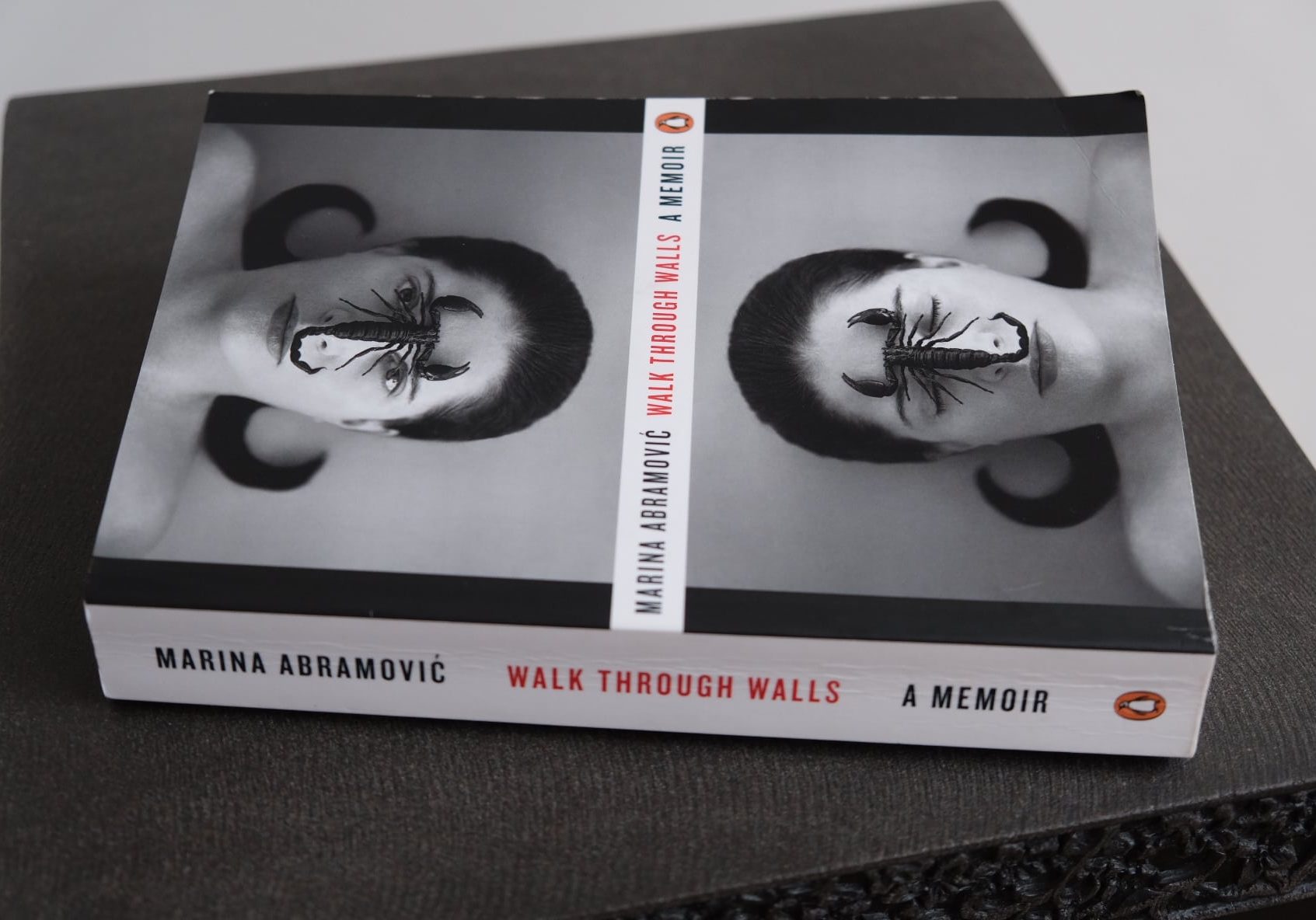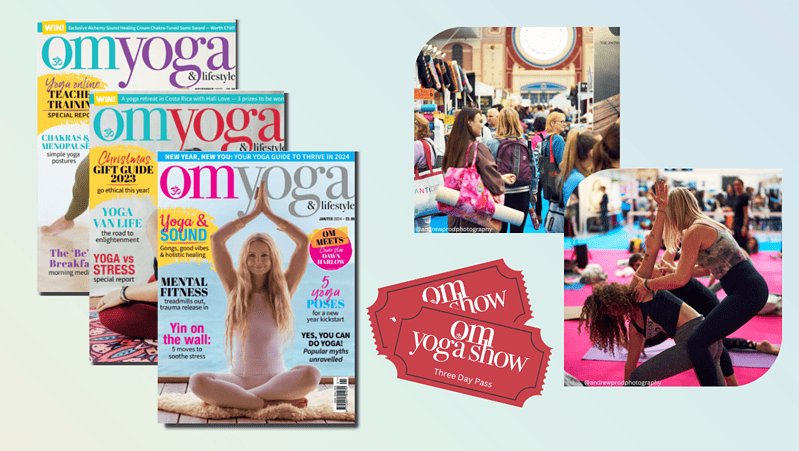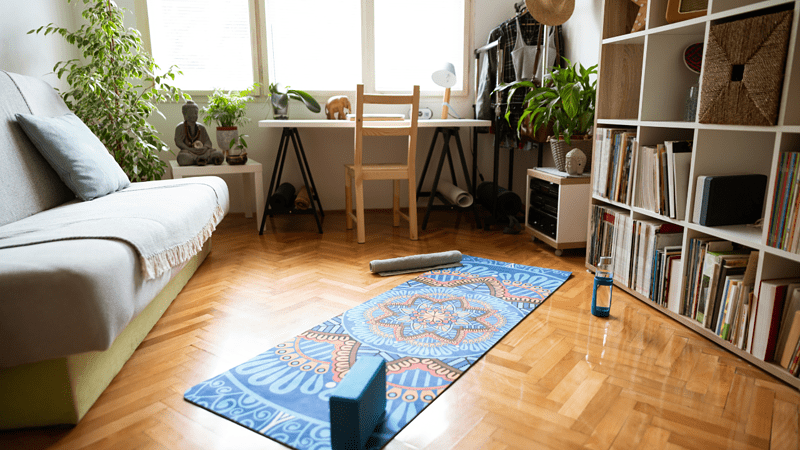
Marina Abramović and the body-mind
Marina Abramović: A Journey Beyond Art, Embracing Process Over Outcome and the Profound Impact of Presence - By Anna Freud
Reading time: 5 minutes
“The process was more important to me than the result, just as the performance means more to me than the object.”
Marina Abramović – a visionary who over the past five decades has redefined art in her ceaseless exploration of the liminal spaces of human experience. Her work is not material, it is not a thing one can own but a process one can go through. The medium of choice – her own body. Through simple actions, or no action at all, performed over extended periods of time, she has tested the limits of the body and mind to discover that which lies beyond.
What she did find is other states of consciousness, access to what she calls ‘liquid knowledge’ and the feeling of oneness with everything around. Not unlike what many yoga and contemplative philosophies describe as samādhi.
“Presence. Being present, over long stretches of time, until presence rises and falls, from material to immaterial, from form to formless, from instrumental to mental, from time to timeless.”
These words accompanied Nightsea Crossing, a piece in which Marina and her long-term partner Ulay sat opposite one another silent, motionless and fasting for days. Like many other performances they did together, this was an exploration of consciousness, its boundaries and what they called “third existence” or “that self,” which they felt was created out of the energies of two people.
In her memoir Walk through walls, Abramović explains that “this third energy existence caused by us does not depend on us any longer but has its own quality.” She adds “we chose the body as the only material which can make such an energy dialogue possible.” One can perhaps experience it in another piece, currently reperformed at the Royal Academy of Arts, called Imponderabilia, in which two people stand in the doorway forming “naked living doors,” the space between them being just enough for one person to go through, sideways.
“You only have to tune out all the noise around you.”
Inspired by Western performance theories, particularly those of Jerzy Grotowski, Eastern contemplative practices, primarily Vipassana meditation, and Joseph Beuys’s ideas on art as a healing activity, Abramović has created experiences which aim at connection with deeper parts of one’s own self as well as that of others. Grotowski’s ‘live communion’ with the audience and the emergent energy field is central to her work. As is the idea of stripping back to bare essentials, or Germano Celant’s arte povera.
The more elaborate the form the more ‘noise’ it creates, and the less noise there is the stronger the connection with the audience. In the RA exhibition catalogue, Andrea Tarsia writes “Abramović’s practice is rooted in an economy of means that operates beyond the space of idealised or formalised representation, and seeks instead to connect viewers with the realities of lived experience.”
This minimalism of form and the transcendence of the ego as a means of accessing and somatically transmitting the aesthetic experience would become the cornerstone of the Abramović Method.
Before the student can begin the training proper, however, they must go through the process of “Clearing the House” – a series of rigorous exercises to hone the body and mind such as fasting and no speaking (classic vipassana), breathwork, long walks in nature including blindfolded “to learn to see with his or her whole body,” and walking backwards while holding a mirror in their hand to “observe reality as a reflection.” ‘Observing reality as a reflection’ – this too finds resonance in many contemplative theories and practices.
“We are not having a good or bad experience. We are having an experience.”
Equanimity comes from non-attachment, a fundamentally yogic state of mind. Endurance performance art entails levels of discomfort or even pain which Marina learned to manage with breath and by stopping the flow of her thoughts (Patanjali's citta vritti nirodhah*?). By pushing herself beyond perceived limits, she has challenged the ideas of suffering and what it means to be human.
By letting go of control, which is a form of attachment, she discovered a new version of herself. In her memoir she writes, “I love to live in the spaces in between, the spaces where you leave the comforts of your home and your habits behind and make yourself completely open to chance.”
In the late 1970s, Marina’s immaterial art and impermanence which underpins it would extend to her life as a whole, sealed with the ART VITAL manifesto. “No fixed living place. Permanent movement. Direct contact. Local relation. Self-selection. Passing limitations. Taking risks. Mobile energy. No rehearsal. No predicted end. No repetition. Extended vulnerability. Exposure to chance. Primary relations.” If this sounds extreme it is because it was. It was also a necessary stage in her life.
In an age still defined by commercialism, surface impressions and fast entertainment, Marina Abramović’s art is radically different – it can feel like an antidote. It is not easy, it requires time, patience and imagination, as well as trust and the willingness to let go: of expectations, control, judgement, and inhibitions. What it offers in return is an invitation to delve deeper into our sense of self, and an opportunity for emotional and spiritual transformation.







